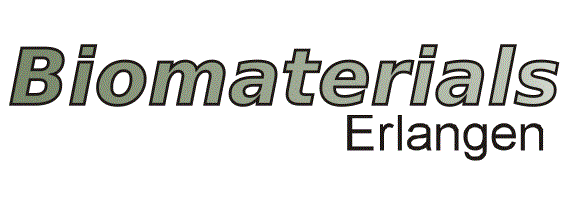Meng Li
Meng Li, M.S.
PhD student
Hierarchical bioactive glass nano-composite based scaffolds prepared by 3D-printing and electrospinning for bone tissue engineering.
Supervisor: Prof. Dr.-Ing. habil. Aldo R. Boccaccini
In the clinical treatment of bone defects, bone transplantation approaches are limited due to issues related to limited bone source, secondary operative area or immune rejection, etc. Bone tissue engineering (BTE) is an effective alternative approach to bone regeneration. In the framework of BTE, it is particularly important to prepare a new kind of composite materials with complex (hierarchical) architecture to develop bone tissue scaffolds with adequate surface topography, porosity and controlled drug release properties in order to improve the scaffold biological and mechanical properties [1]. Nanoscale bioactive glasses doped with biologically active elements are very versatile building blocks for the development of such hierarchical scaffolds [2], in combination with biopolymers, to achieve micro and nanotopography, additional bone stimulation, vascularization ability and antibacterial properties. This project will investigate the combination of electrospinning and 3D printing techniques for the production of hierarchical 3D scaffolds based on bioactive glass-biopolymer composites to exploit biochemical and topographical cues for BTE.
[1] V. Mouriño and A. R. Boccaccini, Bone tissue engineering therapeutics: controlled drug delivery in three-dimensional scaffolds, J R Soc Interface 7(43) (2010) 209-27.
[2] K. Zheng, et al., Porous bioactive glass micro-and nanospheres with controlled morphology: Developments, properties and emerging biomedical applications, Materials Horizons 8 (2021), 300-335.

